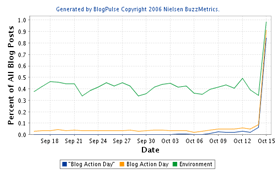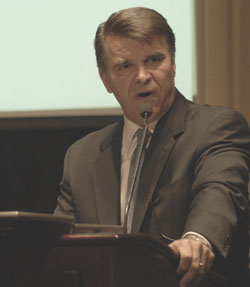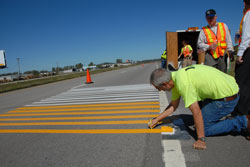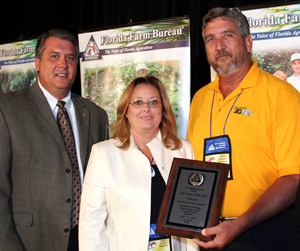Good news for ag machinery manufacturers: U.S. retail sales of tractors and combines are expected to grow overall in 2008, led by four-wheel drive tractors, according to the yearly agricultural equipment “outlook” report of the Association of Equipment Manufacturers (AEM). Demand is expected to be generally positive for the majority of other types of agricultural machinery covered in the AEM survey.
According to the survey, combine sales are expected to increase 3.8 percent. Sales growth is also predicted for all sizes of 4-wheel drive tractors – up 6.5 percent.
 For 2-wheel drive tractor business, unit sales of machines in the 100-HP-and-over range are predicted to be strongest with a 3.4 percent increase, followed by essentially flat growth in other categories – an increase of 0.7 percent for units 40-100 HP and a decrease of 0.7 percent for 2-wheel drive tractors under-40 HP.
For 2-wheel drive tractor business, unit sales of machines in the 100-HP-and-over range are predicted to be strongest with a 3.4 percent increase, followed by essentially flat growth in other categories – an increase of 0.7 percent for units 40-100 HP and a decrease of 0.7 percent for 2-wheel drive tractors under-40 HP.
Each forecast in the AEM survey is the average of responses from companies in each product line, predicting industry wide expectations rather than individual company performance, and unit sales rather than company profitability. The AEM ag industry outlook for 2008 covers 20 types of farm field and farmstead type equipment.
“A major factor in the expected increase in high HP tractor, combine and tillage equipment sales is the continued focus on renewable energy, creating high demand and resulting higher commodity prices, with the resulting increases in net farm income ultimately equating to optimism around equipment sales,” noted AEM Vice President of Agricultural Services Charlie O’Brien.
For full survey results, visit the AEM Web site.
 Speaking of viral campaigns, Jimmy Daukas at American Farmland Trust wants you to pick up the phone today and call your Senator.
Speaking of viral campaigns, Jimmy Daukas at American Farmland Trust wants you to pick up the phone today and call your Senator.
 You might remember
You might remember  For 2-wheel drive tractor business, unit sales of machines in the 100-HP-and-over range are predicted to be strongest with a 3.4 percent increase, followed by essentially flat growth in other categories – an increase of 0.7 percent for units 40-100 HP and a decrease of 0.7 percent for 2-wheel drive tractors under-40 HP.
For 2-wheel drive tractor business, unit sales of machines in the 100-HP-and-over range are predicted to be strongest with a 3.4 percent increase, followed by essentially flat growth in other categories – an increase of 0.7 percent for units 40-100 HP and a decrease of 0.7 percent for 2-wheel drive tractors under-40 HP. I got my first opportunity to meet our Acting Secretary of Agriculture Chuck Conner today. He was the luncheon keynote speaker at the
I got my first opportunity to meet our Acting Secretary of Agriculture Chuck Conner today. He was the luncheon keynote speaker at the  The
The  The Clean Fuels Development Coalition says a majority of Americans support recent campaigns for renewable fuels. The company says that a new poll conducted by
The Clean Fuels Development Coalition says a majority of Americans support recent campaigns for renewable fuels. The company says that a new poll conducted by 
 Speaking of blogs. It’s
Speaking of blogs. It’s